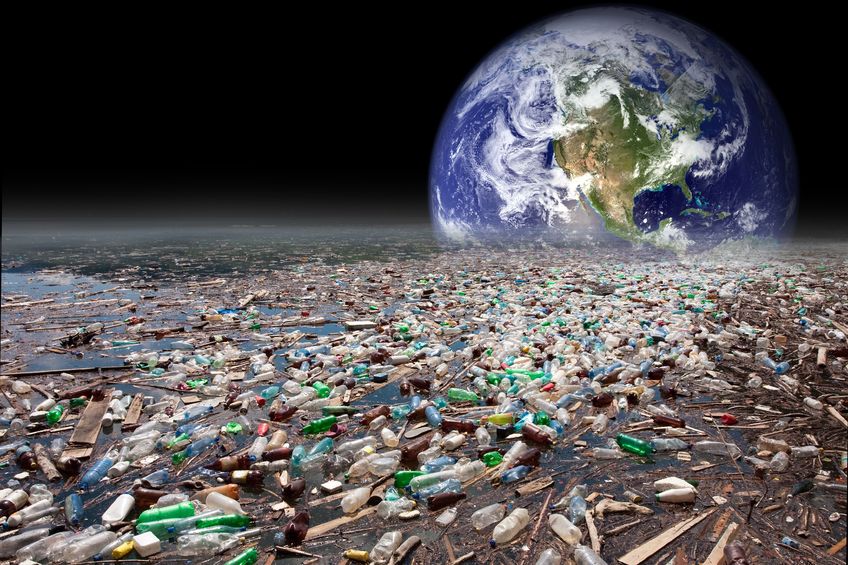It’s a growing problem in the northern Pacific Ocean and one that could change life on our planet within the next 20 years.
“I remember the first time I felt it; I was paddling out on my surfboard and noticed a mushy, plastic-like substance sliding through my fingers. That’s what started my obsession with the Great Pacific Garbage Patch,” says charity fundraiser and environmentalist Veronica Grey. “The patch is located between Hawaii and California in the northern Pacific Ocean, where millions of small bits of plastic have gathered in a vortex of ocean currents known as a gyre.”
As someone with ample experience raising awareness for worthy causes, Grey paired her professional skills with her personal passion for the ocean, creating the award-winning documentary “Aqua Seafoam Shame,” (www.Pacific-TV.com), which spotlights the mess in the ocean that has garnered precious little media attention, she says.
“Fifteen years ago The Patch was the size Texas, but now it’s the size of the continental United States,” says Grey, who used her iPhone to shoot the documentary, which features renowned scientists, journalists and environmentalists.
Plastic in the ocean has far-reaching implications that, if not addressed within 20 years, could change life on this planet, she says. To date, 177 species of sea life are known to ingest plastic; other species feed on those creatures, extending the chain of damage.
“People eat the seafood that eats plastic, and the planet gets its rain from the oceans, which are being polluted at an exponential rate,” she says. “We use significantly more of our planet’s surface as a dump than for growing food; this has to change.”
To begin addressing plastics pollution, Grey encourages people to use alternatives:
• Americans buy 2 million bottles of water every five minutes; ditch plastic bottles and use glass or recyclable cans.
• Carry a cost-effective canvas bag instead getting disposable plastic bags at the grocery store. We waste 10 billion plastic bags every week!
• Do not line your trash cans with plastic bags. Use paper bags or nothing.
• Skip the lid on your to-go drinks. The paper cup is normally recyclable but the lid usually isn’t.
• Remember that each and every time you flush; it all ends up in the ocean. Be mindful of what you toss in your toilet!
Veronica Grey is an award-winning author and filmmaker. A graduate of UCLA, she is a regular contributor to TV stations across the country and is the recipient of the 2011 New Media award from the Pare Lorentz Film Festival. “Aqua Seafoam Shame” is a critically acclaimed documentary that explores the diagnosis that 25 percent of our planet’s surface is now a landfill, due to the Pacific garbage patch and plastics.
Connect with us: Facebook – Twitter – LinkedIn – YouTube – Google +

